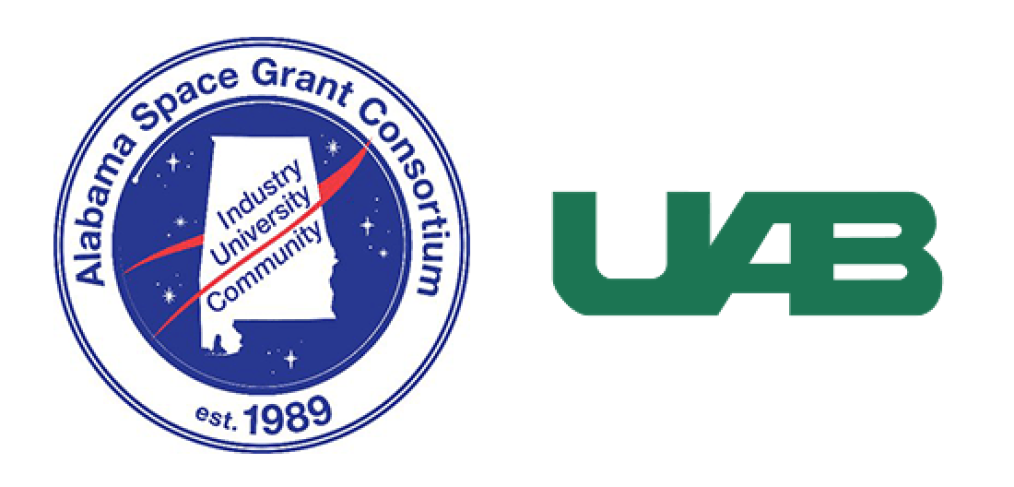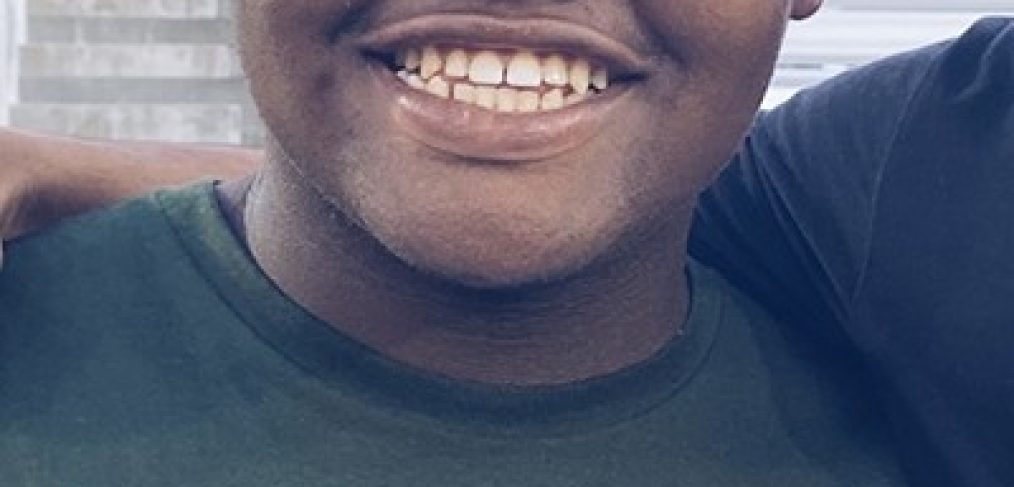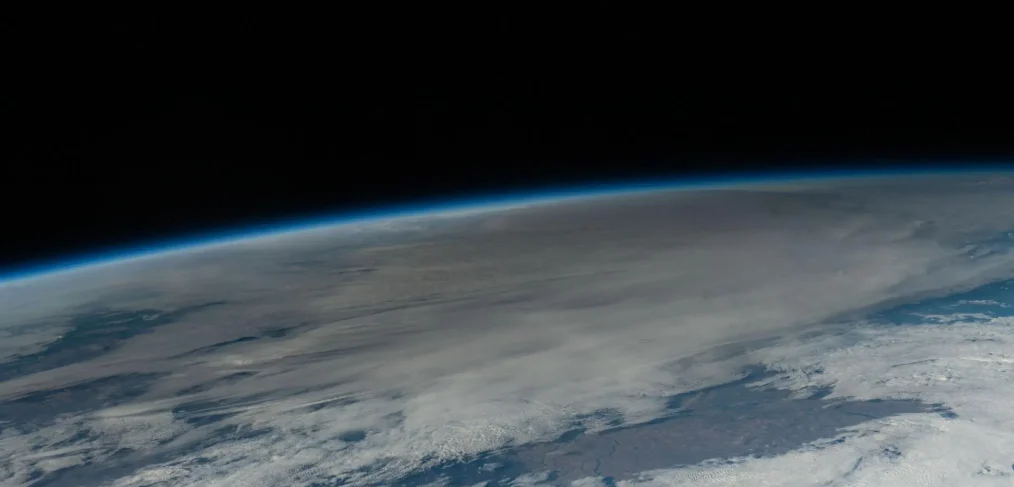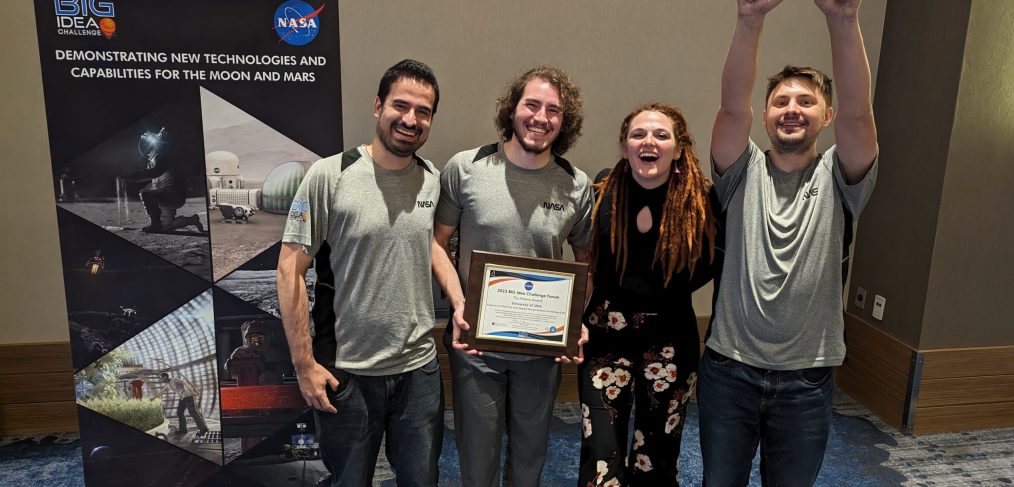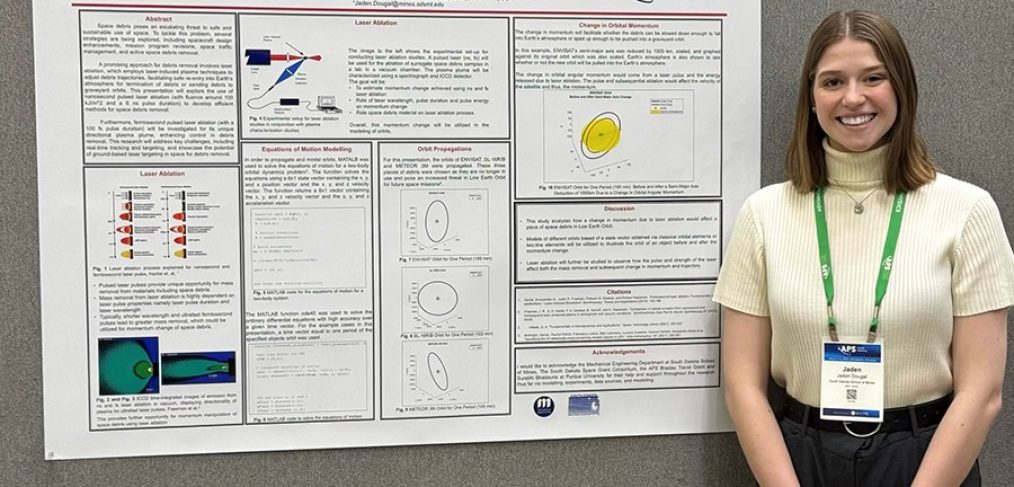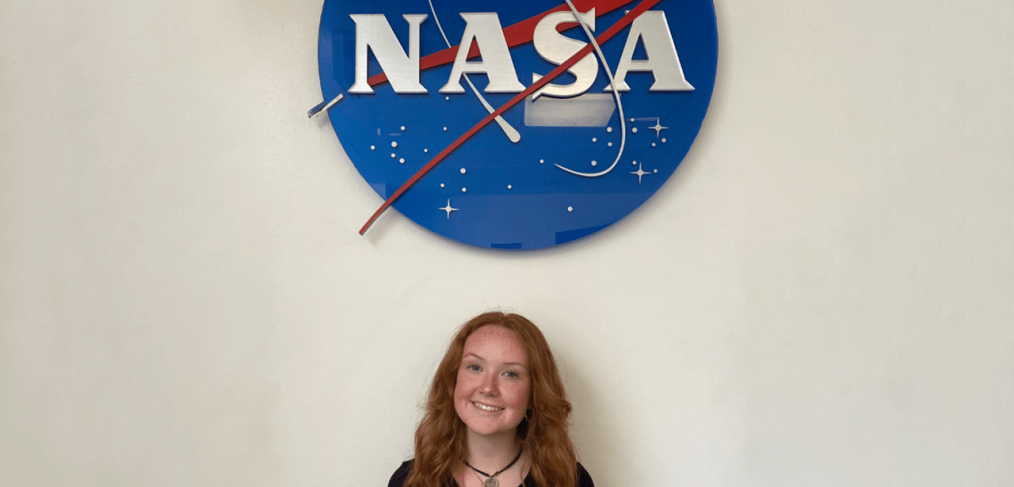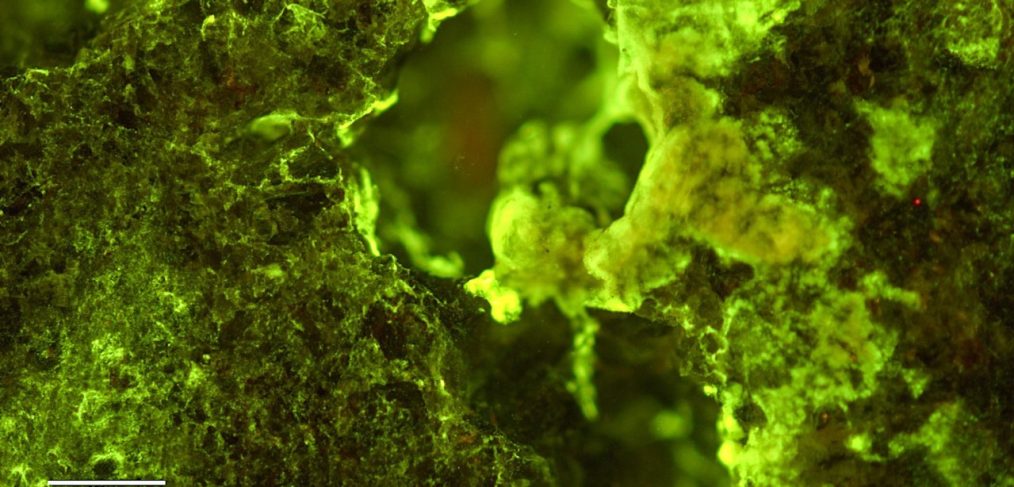Seven University of Alabama at Birmingham undergraduate students have been awarded NASA Alabama Space Grant Consortium scholarships, and two UAB graduate students have been selected as research fellows.
The scholarship and fellowship programs encourage and equip students to pursue career and research opportunities within the space science and aerospace technology fields.
Designated as NASA Space Grant Scholars, the seven UAB undergraduate recipients demonstrated a proficiency in research and an aptitude for space-related careers. They have been awarded scholarships ranging from $750-$1,500. Each student will conduct an outreach activity to educate and inform the surrounding community on science and technology.
Lalitha Appana is an 18-year-old biomedical sciences major from Cumming, Georgia. Appana is a UABTeach minor and member of the UAB Honors College going into her second year at UAB.
“As an aspiring doctor who loves to teach and wants to help improve the quality of education to all students, I hope to translate my passion in science to enhance the K-12 curriculum as this gives me the optimal opportunity to get involved in the community and make a positive difference in the schools around me,” Appana said.
Read the full article on UAB.edu.
Author Credit: Micah Hardge
Image Credit: ALSGC and UAB
Original Post Date: 7/18/2024
